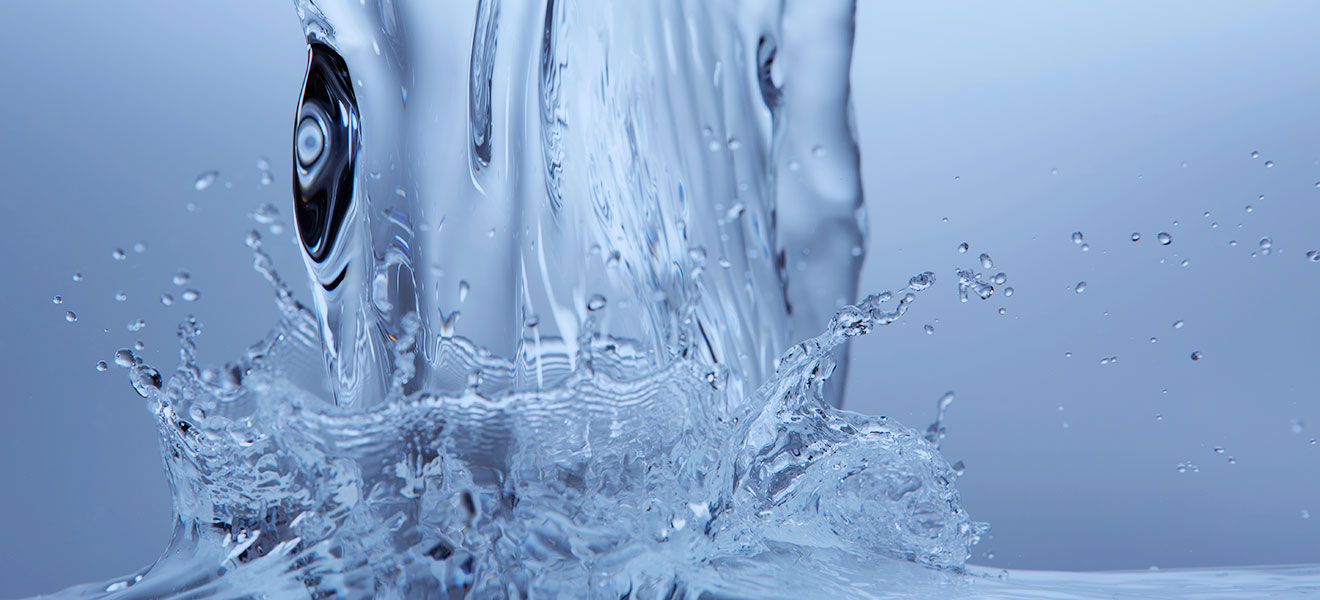Comprehensive overview of disinfection methods in the drinking water sector
In view of increasing hygiene requirements and legal regulations, the selection of suitable disinfection methods for drinking water systems is becoming increasingly important – especially for the prevention of microbiological contamination and to protect system safety.
1. Importance of drinking water disinfection
Ensuring a safe and hygienically impeccable drinking water supply is one of the most important tasks of modern water management. The disinfection of drinking water plays a particularly important role in this regard, as it prevents the spread of pathogens and microbiological contamination. In recent years, the requirements for disinfection processes have changed considerably.
2. Developments and legal requirements
In addition to an expansion of the microbiological limits in legal regulations, such as the Drinking Water Ordinance, new disinfection methods and technologies have been introduced that enable more effective and at the same time gentler water disinfection. This includes processes such as partial flow ozonation, chlorine electrolysis and the use of chlorine dioxide.
3. Traditional and new disinfection methods
While traditional methods such as sodium hypochlorite dosing or chlorine gas remain widespread, new technologies offer advantages in terms of effectiveness, environmental compatibility and safety. Innovative methods can combat microorganisms more effectively and leave fewer harmful by-products in the water.
4. Disinfection of systems and pipes
The requirements apply not only to water disinfection itself, but also to the preventive disinfection of systems and pipes, especially before initial commissioning. These measures are important in order to eliminate potential sources of germs at an early stage and minimise the risk of contamination in the water network.
5. Legal and safety requirements
Compliance with regulations issued by the health authorities, the DVGW and other standards guarantees the safe application of disinfection procedures. Specially trained specialists are essential for the commissioning, maintenance and inspection of the systems in order to avoid hazards associated with the handling of disinfectants .
6. Economic aspects and efficiency
In addition to effectiveness, the costs of installation, operation and maintenance must also be taken into account. Modern processes such as chlorine electrolysis can offer economic advantages due to lower chemical consumption and simpler handling, but require precise technical implementation.
7. Conclusion
The diversity and further development of disinfection processes now offer water suppliers a wide range of options for meeting the challenges of a safe drinking water supply. The combination of innovative technologies, legal frameworks and technical expertise forms the basis for long-term water quality assurance.
 DE
DE  EN
EN 
